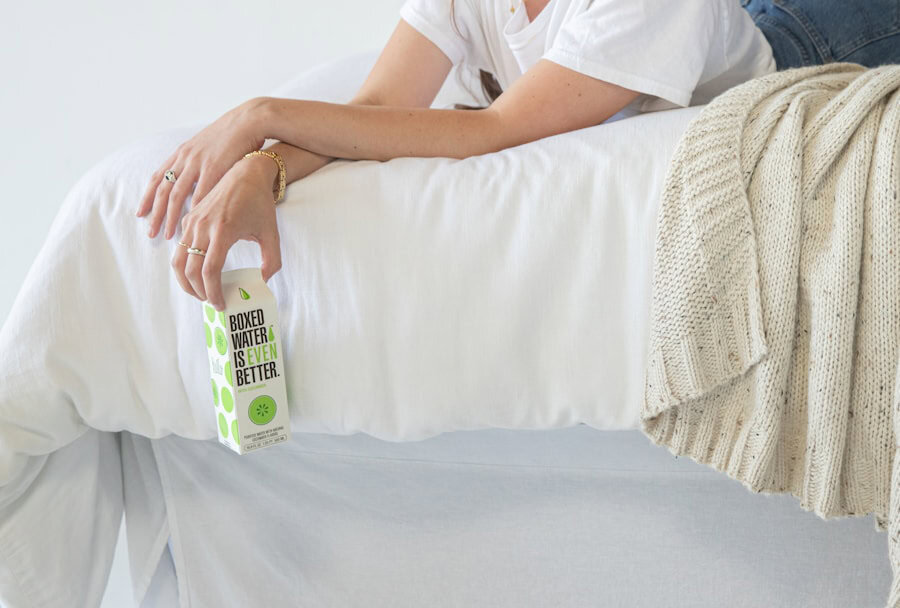In recent years, there has been a growing trend towards eco-friendly living and sustainable practices. One area where this trend has become particularly prominent is in home decor. Many people are now choosing to create their own DIY eco-friendly decor, not only to save money, but also to reduce their environmental impact. DIY eco-friendly decor involves using sustainable materials, upcycling and repurposing household items, and using eco-friendly paints and finishes. This not only allows individuals to express their creativity, but also helps to reduce waste and minimize the use of harmful chemicals in the home. In this article, we will explore the various aspects of DIY eco-friendly decor, including tips for collecting materials, indoor and outdoor decor ideas, and the benefits of choosing eco-friendly options for your home.
Upcycling and Repurposing Household Items
One of the key principles of DIY eco-friendly decor is the concept of upcycling and repurposing household items. This involves taking items that would otherwise be discarded and finding new and creative ways to use them in home decor projects. For example, old mason jars can be transformed into stylish vases or candle holders, while wooden pallets can be repurposed into unique furniture pieces such as coffee tables or shelves. Upcycling not only reduces waste, but also gives old items a new lease on life, adding character and charm to your home decor. Additionally, upcycling can be a fun and rewarding way to express your creativity and make your home truly unique.
Another way to incorporate upcycling into your DIY eco-friendly decor projects is by using old textiles such as curtains or bed sheets to create new soft furnishings such as cushion covers or table runners. By giving new life to old textiles, you can reduce the demand for new materials and minimize the environmental impact of your home decor choices. Upcycling and repurposing household items not only allows you to create one-of-a-kind decor pieces, but also helps to reduce your carbon footprint and contribute to a more sustainable way of living.
Sustainable Materials for DIY Decor Projects
In addition to upcycling and repurposing household items, another important aspect of DIY eco-friendly decor is the use of sustainable materials. This includes materials that are renewable, biodegradable, and have minimal impact on the environment. For example, bamboo is a popular choice for eco-friendly decor projects due to its fast growth rate and minimal environmental impact. Bamboo can be used to create a wide range of decor items such as furniture, flooring, and even decorative accents like picture frames or wall art.
Another sustainable material that is commonly used in DIY eco-friendly decor projects is cork. Cork is harvested from the bark of cork oak trees, which can be harvested without harming the tree itself. This makes cork a highly renewable and sustainable material for use in home decor. Cork can be used to create a variety of decor items such as coasters, placemats, and even wall coverings. Additionally, cork is a natural insulator, making it an ideal choice for eco-friendly home decor projects.
Eco-Friendly Paints and Finishes
When it comes to DIY eco-friendly decor, it’s important to consider the paints and finishes that are used in home decor projects. Traditional paints and finishes often contain harmful chemicals such as volatile organic compounds (VOCs) which can off-gas into the air and contribute to indoor air pollution. To avoid these harmful effects, many people are now choosing to use eco-friendly paints and finishes in their DIY decor projects.
Eco-friendly paints are made from natural ingredients such as clay, plant oils, and natural pigments, making them a safer and more sustainable choice for home decor. These paints are low in VOCs and are often free from other harmful chemicals, making them a healthier option for both the environment and your home. In addition to eco-friendly paints, there are also a variety of natural finishes that can be used in DIY eco-friendly decor projects. For example, natural oils such as linseed oil or beeswax can be used to finish wooden furniture or decorative items, providing a natural and non-toxic alternative to traditional varnishes or lacquers.
Indoor and Outdoor Eco-Friendly Decor Ideas
There are countless indoor and outdoor eco-friendly decor ideas that can be incorporated into your DIY projects. For indoor decor, consider creating your own natural air fresheners using essential oils and dried flowers, or making your own non-toxic cleaning products using simple ingredients like vinegar and baking soda. You can also create your own indoor garden using repurposed containers or vertical planters made from recycled materials.
When it comes to outdoor decor, consider creating your own compost bin using repurposed materials such as wooden pallets or plastic bins. You can also make your own bird feeders using recycled materials such as tin cans or old teacups. Additionally, consider creating your own outdoor seating area using reclaimed wood or natural materials such as bamboo or rattan. By incorporating these eco-friendly decor ideas into your DIY projects, you can create a more sustainable and environmentally friendly home.
Tips for Sourcing and Collecting Materials
When embarking on DIY eco-friendly decor projects, it’s important to consider where you source your materials from. One of the best ways to find sustainable materials for your projects is by visiting local thrift stores, flea markets, or yard sales. These places often have a wide variety of items that can be upcycled or repurposed into unique decor pieces for your home. Additionally, consider reaching out to friends and family members to see if they have any unwanted items that could be used in your projects.
Another great way to source materials for your DIY eco-friendly decor projects is by looking for items that are being discarded by others. For example, construction sites often have leftover materials such as wood or metal that can be repurposed into new decor items. Additionally, keep an eye out for items that are being thrown away by neighbors or local businesses that could be used in your projects. By being resourceful and creative in sourcing materials for your DIY projects, you can reduce waste and minimize the environmental impact of your home decor choices.
Benefits of DIY Eco-Friendly Decor for the Environment and Your Home
There are numerous benefits to choosing DIY eco-friendly decor for your home. One of the most obvious benefits is the positive impact it has on the environment. By upcycling and repurposing household items, using sustainable materials, and choosing eco-friendly paints and finishes, you can significantly reduce your carbon footprint and minimize waste. Additionally, by creating your own eco-friendly decor items, you can avoid supporting the production of new materials that may have a negative impact on the environment.
In addition to the environmental benefits, DIY eco-friendly decor also has numerous benefits for your home. By using natural materials and non-toxic finishes, you can create a healthier indoor environment for you and your family. Additionally, by incorporating eco-friendly decor into your home, you can create a unique and personalized space that reflects your values and commitment to sustainability. Finally, choosing DIY eco-friendly decor can also save you money in the long run by reducing the need to purchase new items for your home.
In conclusion, DIY eco-friendly decor offers a wide range of opportunities for creative expression while also contributing to a more sustainable way of living. By upcycling and repurposing household items, using sustainable materials, choosing eco-friendly paints and finishes, and incorporating indoor and outdoor eco-friendly decor ideas into your home, you can make a positive impact on the environment while creating a unique and personalized space that reflects your commitment to sustainability. By being mindful of where you source materials from and considering the benefits of DIY eco-friendly decor for both the environment and your home, you can make a meaningful contribution towards a more sustainable future.




